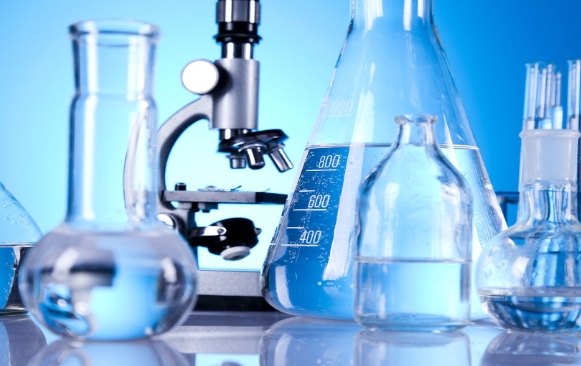In today's world, where scientific advancements are rapidly unfolding, it is crucial to understand the potential risks associated with various agents. Among these, biological agents have garnered significant attention due to their potential harm to human health and the environment. In this article, we delve into the multifaceted nature of biological agents, exploring their potential hazards, implications, and the measures taken to mitigate their risks.
- Understanding Biological Agents:
Biological agents encompass a broad range of living organisms, including bacteria, viruses, fungi, and toxins derived from natural sources. While many biological agents are harmless or even beneficial, certain strains or conditions can lead to adverse effects. It is essential to recognize the potential harm they can cause and take appropriate precautions. - Health Risks Posed by Biological Agents:
Biological agents can pose significant health risks to humans. Pathogenic bacteria and viruses, for instance, can cause infectious diseases, ranging from mild illnesses to severe conditions. Exposure to certain toxins produced by biological agents can also lead to poisoning or allergic reactions. Understanding the specific risks associated with different agents is crucial for effective prevention and control. - Environmental Implications:
Biological agents can also have far-reaching consequences for the environment. Invasive species, such as certain plants or insects, can disrupt ecosystems, outcompete native species, and cause ecological imbalances. Additionally, genetically modified organisms (GMOs) designed for agricultural purposes may have unintended effects on biodiversity and ecosystem stability. Proper risk assessment and management strategies are essential to minimize these environmental impacts. - Biosecurity Measures and Regulations:
To mitigate the potential harm posed by biological agents, stringent biosecurity measures and regulations are in place. These measures encompass various aspects, including laboratory safety protocols, transportation regulations, and the monitoring of potential bioweapon threats. International organizations, governments, and research institutions collaborate to establish guidelines and frameworks to ensure the safe handling and containment of biological agents. - Emerging Challenges and Future Directions:
As scientific knowledge advances, new challenges and risks associated with biological agents continue to emerge. The ongoing threat of emerging infectious diseases, the potential misuse of biotechnology, and the impact of climate change on disease vectors are among the pressing concerns. Continuous research, surveillance, and international cooperation are crucial to address these challenges effectively.
Conclusion:
Biological agents possess both beneficial and harmful properties, making it imperative to understand their potential hazards. By recognizing the health risks they pose, understanding their environmental implications, and implementing robust biosecurity measures, we can navigate the complexities associated with biological agents. As we move forward, it is essential to remain vigilant, adapt to emerging challenges, and prioritize the safety and well-being of humanity and the environment.




+ There are no comments
Add yours